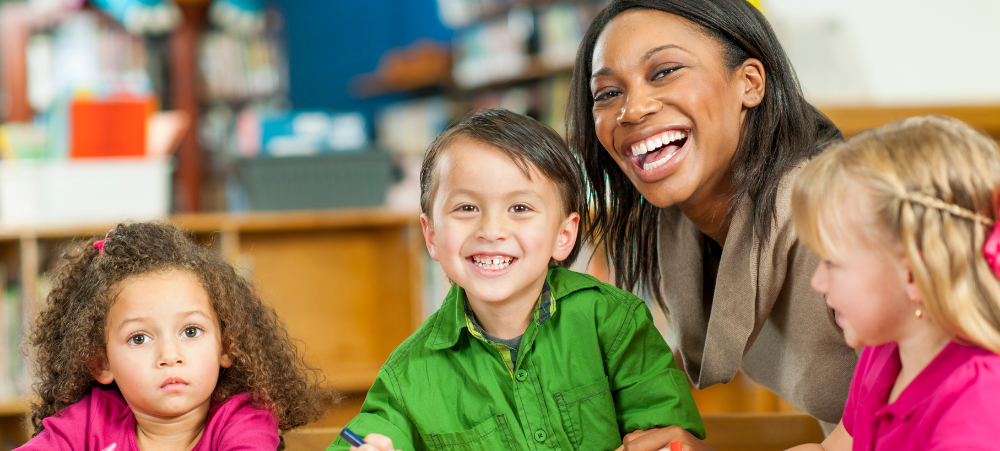As a parent what should your pre-school do to safeguard your children?
The United Nations Convention on the Rights of the Child is a comprehensive guide to creating an environment that allows children to thrive. This guide embodies a child’s right to a safe environment and an education that helps them develop who they are, their talents, and their abilities. It’s crucial to acknowledge these rights for every child and provide them with a space where they can thrive.
The Importance of a Safe Space
Ursula Assis, Country Director, Dibber International Pre-schools, explains.
“Children need an environment that promotes healthy practices and focuses on their physical, mental and social wellbeing as this allows them to maximise their learning abilities,” says Assis. A fact reinforced by research from the Thomas B. Fordham Institute that said ‘feeling safe and valued is vital to a child’s development’.
The Institute also pointed out that such an environment doesn’t happen by chance – it is the product of strategy, evolving through clearly defined rules and expectations embedded within the school.
“We believe it is important to take a proactive and preventative approach to safeguarding children. Health and safety risk assessments are undertaken regularly, and we remain current with any legislative requirements required in South Africa,” adds Assis.
What are the key safeguarding strategies in place at Dibber?
- Staff are trained in health and safety regulations and expectations regarding children’s health and safety as well as environmental and school health and safety.
- Parents can request insight into the policies defining acceptable and unacceptable standards of health and safety as this gives them visibility into Dibber’s principles and commitment to the health and wellbeing of their children. These policies are included in the parent contracts, unit manager operations handbooks, staff handbooks and staff training materials.
- Staff undertake continuous assessment and training to ensure the best possible care for children in an environment that is nurturing, safe, and healthy.
What legislation is recognised by the school as integral to the health, safety and wellbeing of children?
- The Children’s Act 38 of 2005 and the Children’s Amendment Act 2007 that regulate the establishment of Early Childhood Development (ECD) centres.
- The National Environmental Norms and Standards for Premises, Notice 1229 of 2015, National Health Act 61 of 2003.
- The Occupational Health and Safety Act 85 of 1993.
- Foodstuffs, Cosmetics & Disinfectants Act 54 of 1972. Regulations No.638 of 22 June 2018 governing General Hygiene Requirements for Food Premises, the Transport of Food and Related Matters.
“These are just a few of the Acts and regulatory policies we follow at Dibber. In addition to the above, we follow whitepapers on childhood development, nutrition regulations, and educational policies. Our list is comprehensive and detailed, and consistently updated to ensure we are always aligned with state, provincial and local authority legislation.
“We have also developed forms, documents and protocols designed to prioritise a child’s health, safety and wellbeing throughout the school. We have applications and forms for compliance, medication, parental reporting, childcare protocols and a detailed safeguarding policy.”
Dibber invests in monthly risk assessments to ensure staff identify and monitor potential hazards, monthly inspections of indoor and outdoor spaces and equipment, and has paid time and attention to cultivating a culture of proactive safeguarding and hazard management.
“We have also refined our admissions policy to ensure safeguarding children starts from the very beginning of our relationship with parents and their children. We consider the individual situation of every child and assess any disability and/or neurodivergent developmental condition, so we ensure they can benefit from our resources and staff in a space that prioritises their wellbeing.
“All our schools also have stringent access control and security measures in place to ensure the safety and wellbeing of everyone within our facilities. Every step is carefully managed and monitored from arrival to departure to visitors. We believe that by prioritising safety at every touchpoint throughout the school, we give parents peace of mind and children peace within which to thrive. Our focus is on cultivating and maintaining a safe and nurturing environment where children can thrive and discover their full potential,” concludes Assis.
- What Parents Should Look for in a Preschool: The Power of Play-Based Learning - December 23, 2025
- Are We Over-Scheduling Our Children? - December 16, 2025
- Five Ways to Encourage Independence and Confidence in Children with Special Needs - December 9, 2025





